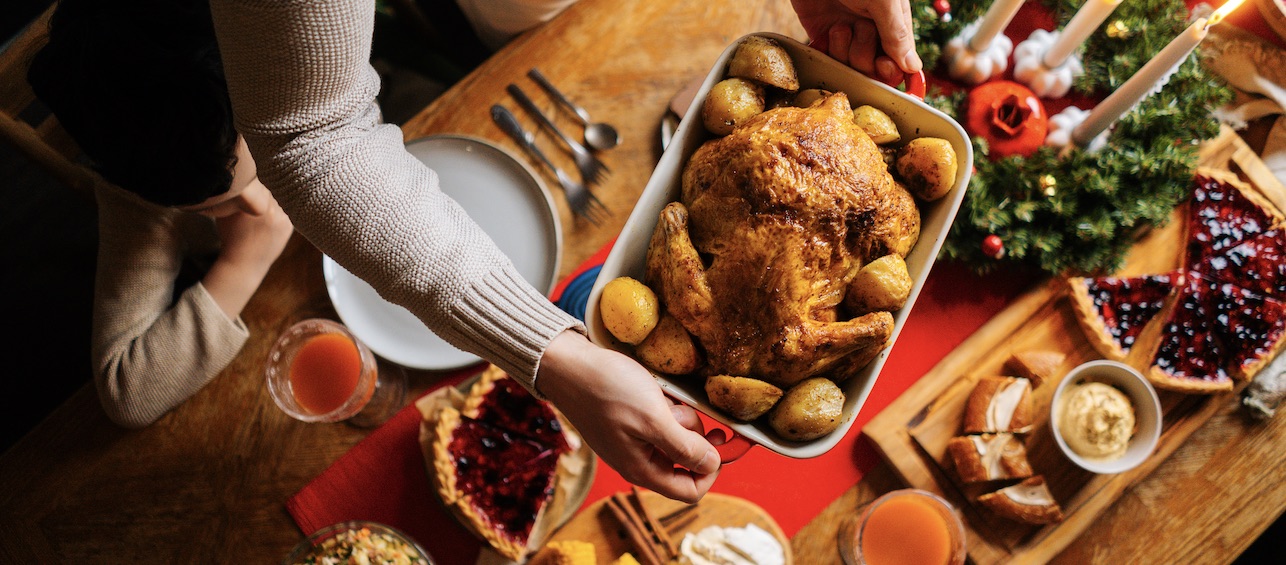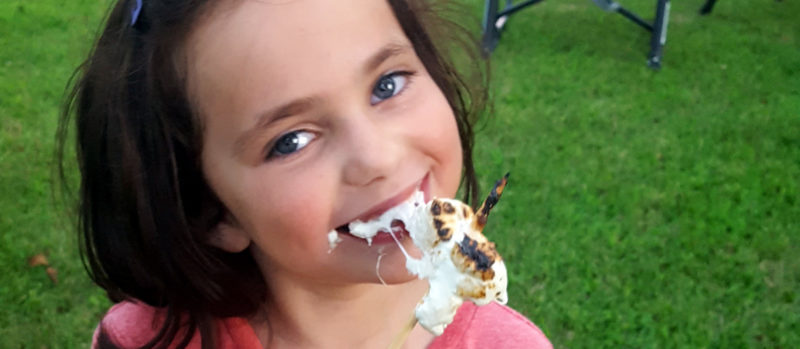Previously, we discussed how to eliminate cow’s milk from your child’s diet and how to identify milk ingredients in foods. Now that you’ve removed the milk, we need to talk about how to replace those foods in your child’s diet.
Infants and children who rely on “milk” as their main source of nutrients
Infants and toddlers up to the age of 2 years should ideally be prescribed a specialized milk-free formula. Most other milk substitutes are low in protein and fat and are not always suitable for young children.
For older children who rely on formulas as their main source of nutrition, suitable, milk-free formulas (by age) are available – many of which are ready-to-drink and available in different flavors.
These formulas can be prescribed or purchased over the counter. If you use powder formulas, take care to follow mixing directions carefully as each formula has its own mixing instructions, often different from standard formulas.
For older children who eat a varied diet
Rice, potato, soy, pea, oat, hemp, coconut and nut beverages can be used instead of milk. Be sure to choose beverages that are fortified with calcium. Your doctor or dietitian can advise you on the products that are suitable for your child.
For all other foods, such as butter, margarine, cream, cheese, yogurt, baked goods and ready-made meals, discuss suitable and practical alternatives with your child’s dietitian.. You will also want to spend some focused time in the grocery store and use your label-reading skills to identify specific alternatives that are milk-free. Because milk-free foods will taste different to your child, it may take some trial and error to find the products that she or he likes the best.
The table below summarizes the main nutrients in milk and other food sources that can provide the nutrients when milk is eliminated:
Here are some mealtime ideas incorporating the alternatives above:
Breakfast
Milk-free waffles with syrup and berries
Milk-free pancakes with blue berries
Most “plain” cereals, such as rice/corn puffs and wheat-based cereals (check the label), and milk alternative beverage
Lunch
Most bread is milk free and can be used to make sandwiches with soy or pea-based cheese, ham (milk free), peanut butter & jelly, hot dog, or tuna sandwich
Coconut, soy or rice-based yogurt
Dinner
Spaghetti with red sauce
Milk-free chicken nuggets, baked potato with milk-free margarine
Burger with milk-free cheese slice and salad
Tortilla chips, guacamole and mixed leaf salad
Get baking!
Kids who have a milk free diet can still enjoy baked goods, but it’s important that you know every ingredient that goes into them. You can get started with this muffin recipe that has been tested and enthusiastically approved.
Milk-free muffin recipe:
INGREDIENTS 12 muffins
- 1 3/4 cups flour (or wheat-free flour if avoiding wheat)
- 1/4 cup sugar
- 2 teaspoons baking powder
- 1/2 teaspoon salt
- 3/4 cup blueberries (or raisins or any other fruit if preferred)
- 1 egg (or 1-1 ½ tsp egg replacer if avoiding egg)
- 6 tablespoons vegetable oil
- 1/2 cup water
DIRECTIONS
- Preheat oven to 400 degrees. Grease muffin cups.
- Sift flour, sugar, baking powder and salt together into a mixing bowl.
- Stir in blueberries.
- Mix egg, oil and water together and then stir them into the flour mixture.
- Stir only until flour is moist.
- Spoon mixture into muffin cups.
- Bake 15-20 minutes.
To summarize:
A milk-free diet can be a healthy balanced diet!
- Make sure that you are aware of all the milk-free alternative beverages suitable for your child.
- Remember that infants and those using “milk” as their main source of nutrition will need a specialized formula or prescription – regardless of their age.
- There are many options for milk-free alternatives for butter, margarine, cream, yogurt, and cheese – speak to your dietitian for practical examples.
- Learn how to read food labels.
- Start cooking or baking!
Editor’s Note: Learn more about Allergy and Immunology at Cincinnati Children’s and the Cincinnati Center for Eosinophilic Disorders.






